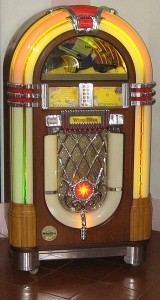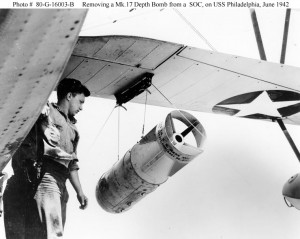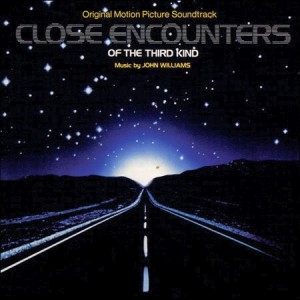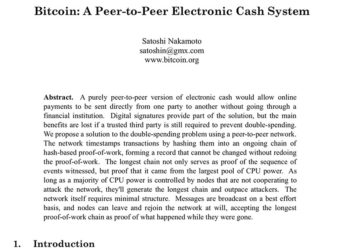November 23, 1889: First Commercial Jukebox
Subscribe! Spotify | RSS | More
1889 – Congratulations to the first commercial jukebox which was installed in San Francisco, CA. It was called the “Nickel-in-the-Slot”, and played wax cylinder records. Within 6 months it would earn $1,000. The word “Juke” – by the way – means ‘disorderly house’ – therefore this is a disorderly box of music.Put another nickel in – in the Nickelodean – All I want is having you – and Music, music, music.
Subscribe to Day In Tech History:
RSS Feed - iTunes - Android - Spotify - iHeartRadio
Facebook -
- RSS Bandwidth by Cachefly Get a 14 Day Trial
- Join me on Patreon and support Day in Tech History
- Dr. Who first airs on the BBC in 1963
- Nintendo releases the Gameboy color
- Security hole in Gmail discovered


















